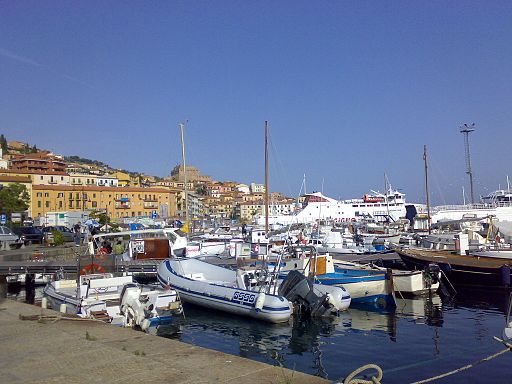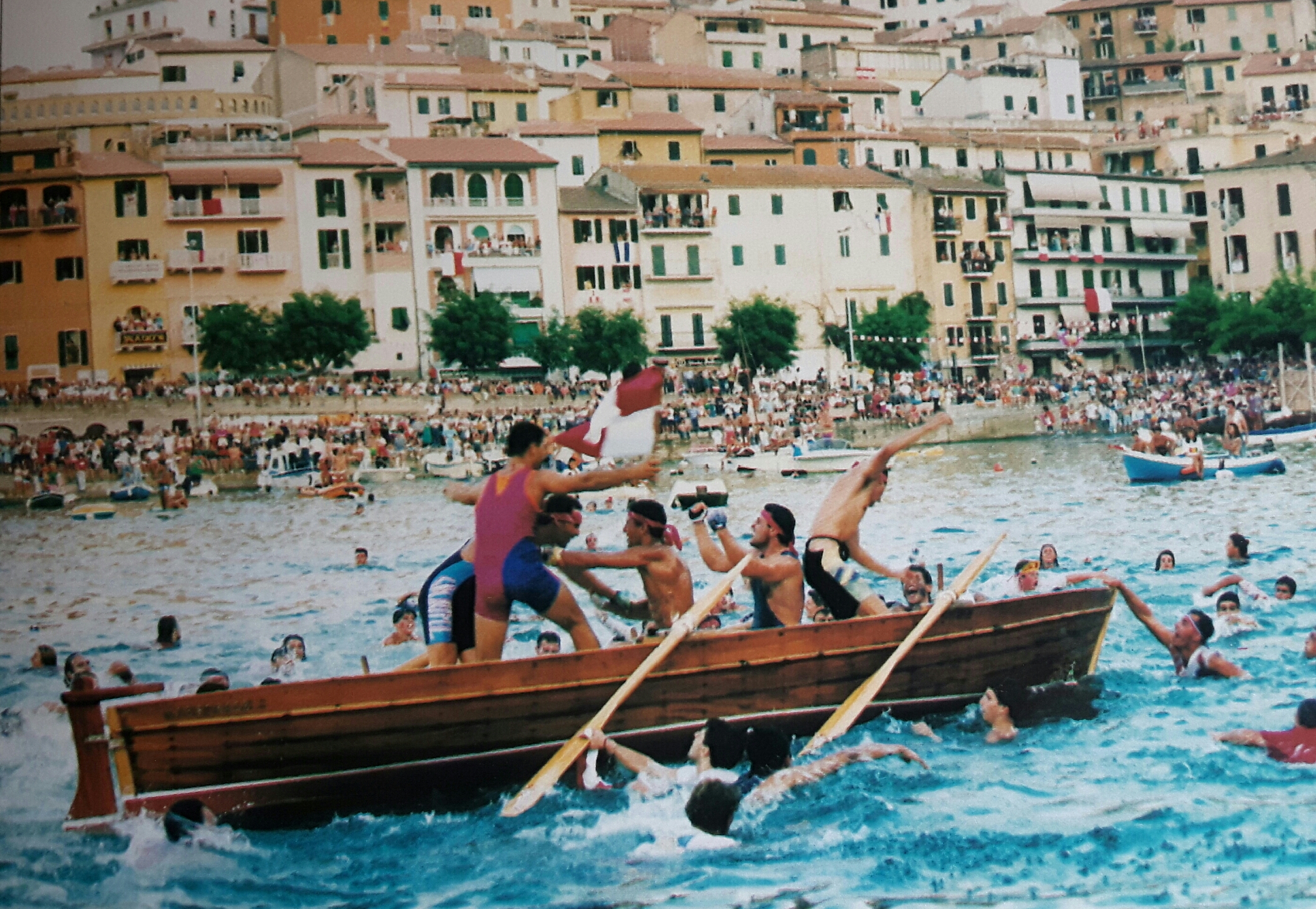Porto Santo Stefano, a hidddn corner on Monte Argentario, Maremma Toscana |
Porto Santo Stefano is a seaport town on the west coast of Italy, in the municipality of Monte Argentario, in the Province of Grosseto, Tuscany. It is the one of the two major towns that form the township, along with Porto Ercole. The region is on the slopes of Mount Argentario, which dominates the whole area.
|
Mappa Porto Santo Stefano | Ingrandire mappa
|
History Besides the fortress, the territory still plays host to two Spanish lookout towers; Lividonia and dell'Argentiera, the latter situated on the slopes of Mount Argentario which dominates the whole Santo Stefano area.[4][5] Annual events Transportation and infrastructure Porto Santo Stefano has regular ferry service to the Isola del Giglio (Giglio Island). After the capsizing of the cruise ship Costa Concordia on 13 January 2012, many of the ship's passengers and crew were evacuated to the mainland on these ferries.[10]
|
||||
|
Gallería Fotográfica de Porto Santo Stefano
|
||||
 |
 |
 |
||
Porto Santo Stefano
|
Fortezza Spagnola
|
Porto Santo Stefano
|
||
 |
 |
 |
||
Cala Grande dalla strada panoramica di Porto Santo Stefano
|
Porto Santo Stefano, Porto Vecchio e Fortezza Spagnola
|
Fortezza Spagnola
|
||
 |
 |
 |
||
Stadio del turchese dove viene svolto il palio marinaro dell'Argentario, Porto Santo Stefano
|
Palio marinaro dell'Argentario, Porto Santo Stefano |
Cala del Pozzarello, Porto Santo Stefano | ||
| Trekking on Monte Argentario
|
||||
A few walks on this paradise peninsula leavefrom Porto Santo Stefano. The two trails to Capo d'Uomo, a beautiful crag situated in an enchanting surroundings, will show you some beautiful spots of the island.Itinerary from Porto Santo Stefano to Torre di Capo d'Uomo | 15 km circa | 3 hours |
 |
|||
References
31. Il giro della laguna di Levante
|
||||

